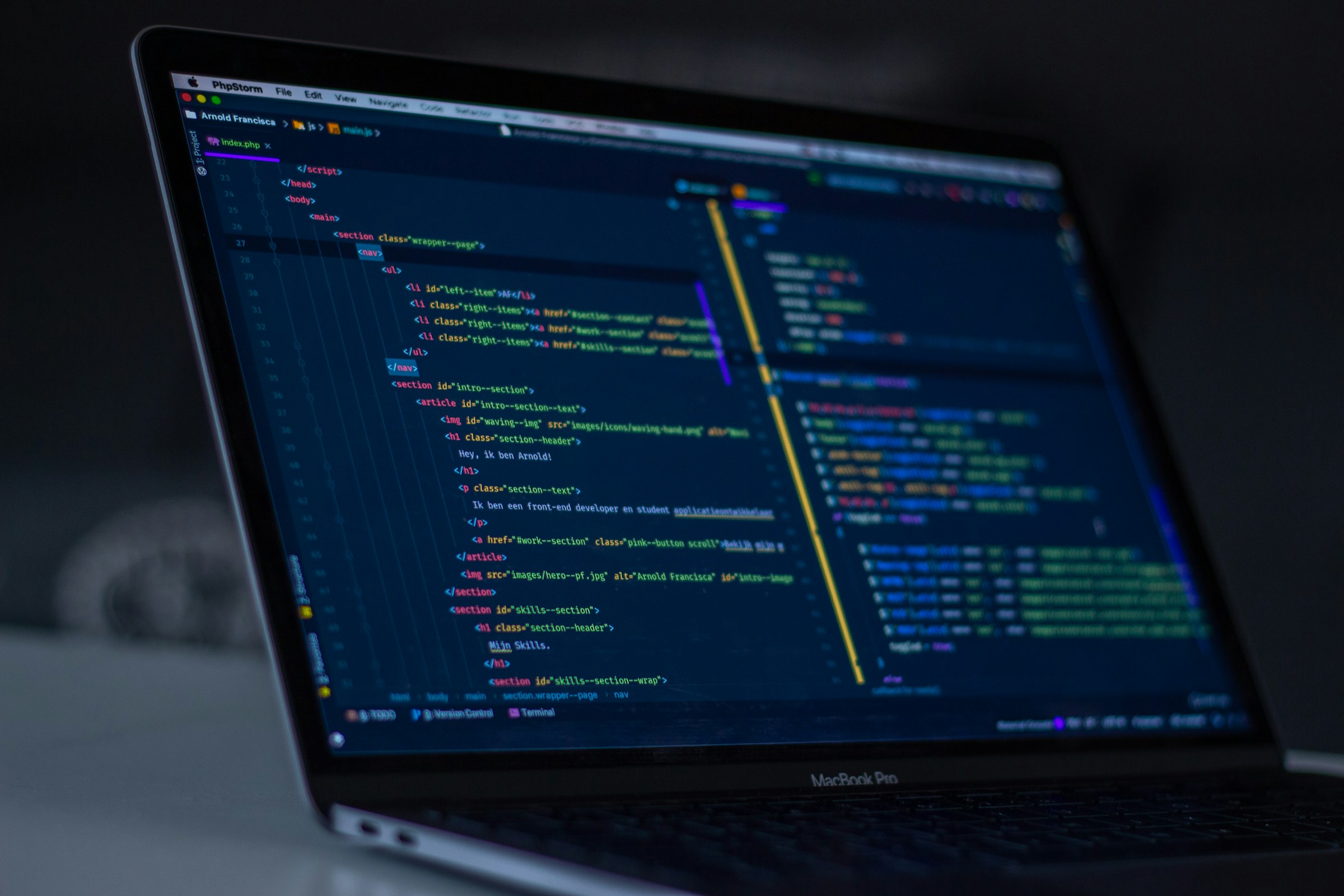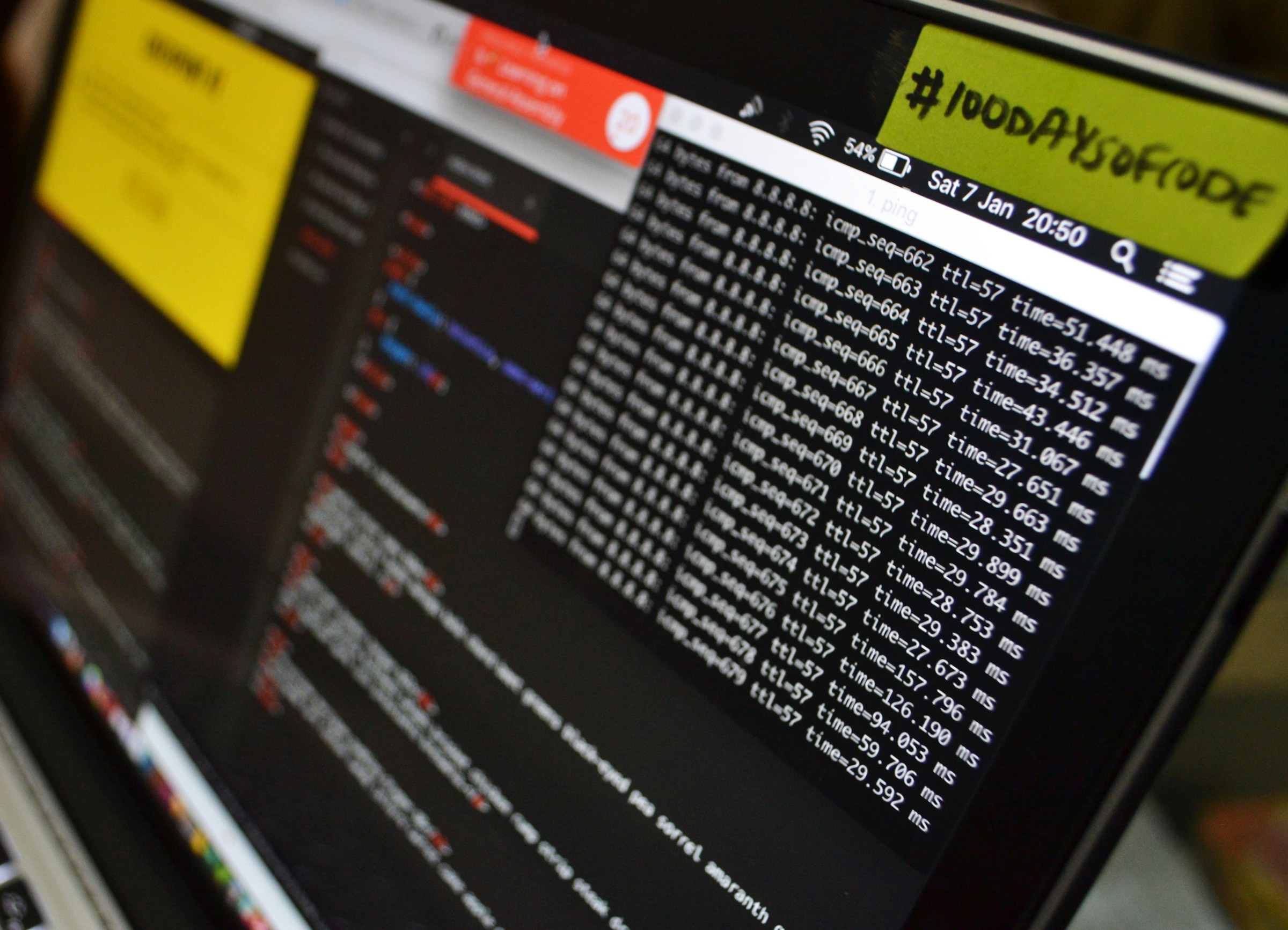Training and implementing secure applications has become essential in the fast-changing world of software development. With newer and bigger threats emerging from the cyber-attack world, older methods of manually reviewing code and static analysis are simply unable to keep up. Here is where artificial intelligence (AI) and machine learning (ML) are changing the landscape for developers in terms of how to spot and fix code vulnerabilities.

Understanding Code Vulnerabilities
AI in coding is transforming how developers approach security by enabling intelligent systems to detect flaws and recommend secure coding practices in real time.
Before moving into AI and ML, let’s determine the security threat code vulnerabilities pose and why they are dangerous. A code vulnerability constitutes a defect or weakness in a software application that a malicious actor might abuse. Vulnerabilities exist in many forms, from simple issues like SQL injection and cross-site scripting to more sophisticated exploits like remote code execution and privilege escalation.
These weaknesses lead to data breaches, unauthorized access, and, ultimately, utterly catastrophic security failures. As software systems become more complex and link to newer third-party libraries or framework extensions, the attack surface increases, making it harder to guarantee code fortification. This is where the potential of AI and ML is leveraged to automate and enhance vulnerability detection and prevention within the code.
How AI and Machine Learning Enhance Vulnerability Detection
AI and machine learning are powerful technologies to enhance vulnerability detection’s precision, speed, and efficiency. They learn from data and adjust to new patterns, allowing developers to identify security flaws faster and more accurately than traditional methods.
1. Automated Code Analysis
Automated code analysis is one of the primary ways AI and ML are employed to expose vulnerabilities. The reasoning is that machine learning algorithms can be trained on massive quantities of source code to learn how to distinguish patterns associated with common vulnerabilities. These algorithms would then be able to analyze new codebases for real-time potential security threats.
For instance, it is possible to train machine learning algorithms using secure and insecure code datasets, learning the subtle differences between coding patterns for secure and insecure codes. Over time, these models improve their ability to identify vulnerabilities, reducing the number of false positives and negatives compared to traditional static analysis tools.
2. Contextual Awareness and Deep Learning
AI and ML techniques, such as deep learning and natural language processing, are adding to the capabilities of understanding code contextually beyond the simple methods of the past. Deep learning models make it possible to analyze complex code structures and their interdependencies to identify vulnerabilities that would only appear after some system parts are executed together.
Deep learning models that can analyze codes more holistically will be able to identify vulnerabilities that stem from the interaction of different parts of programs. These models recognize complex interactions that would be difficult for a human or a traditional tool to spot.
3. Changing Coding and Adaptation
Unlike other tools, one of the most significant advantages of AI and ML has been its endless learning and adapting capacity. With the emergence of new vulnerabilities and new coding practices, machine learning models may be retrained with such variations incorporated. This way, AI-powered tools remain updated with the latest security threats and changing coding standards.

Endnote
AI and ML have changed the game in terms of detecting and eliminating software vulnerabilities. These technologies have vastly improved over their predecessors: vulnerability detection is faster, more accurate, and more context-aware than before. The growing force of AI and ML will have a shaping impact in much more critical areas, such as securing the software we use daily.



